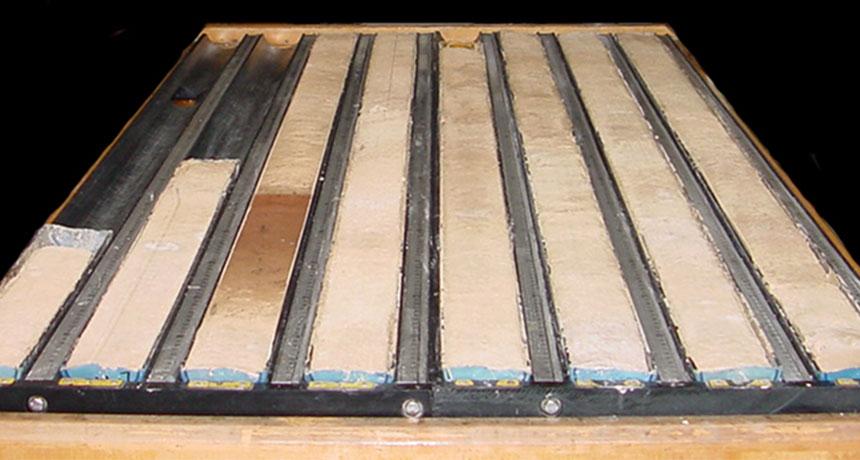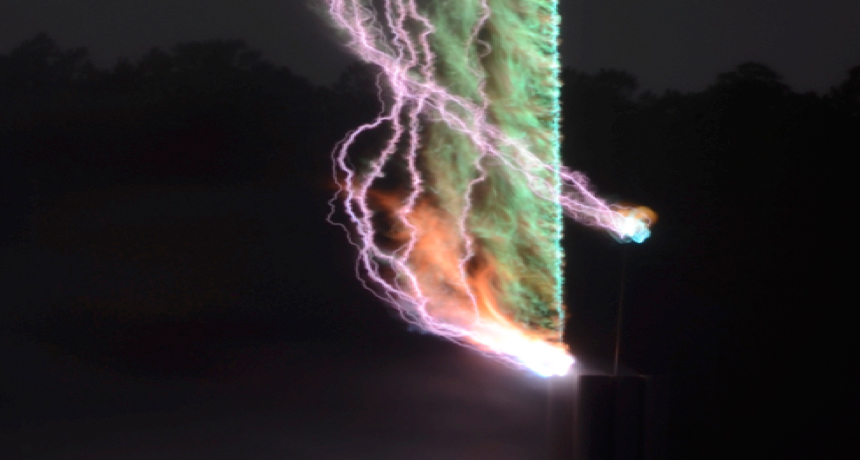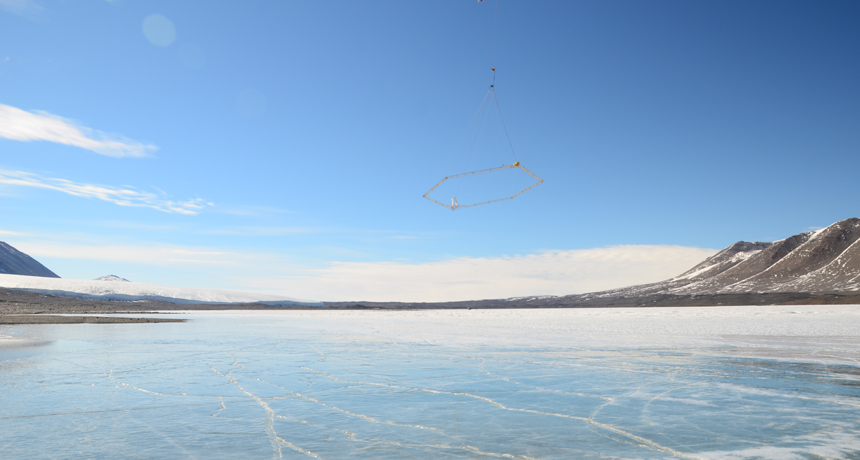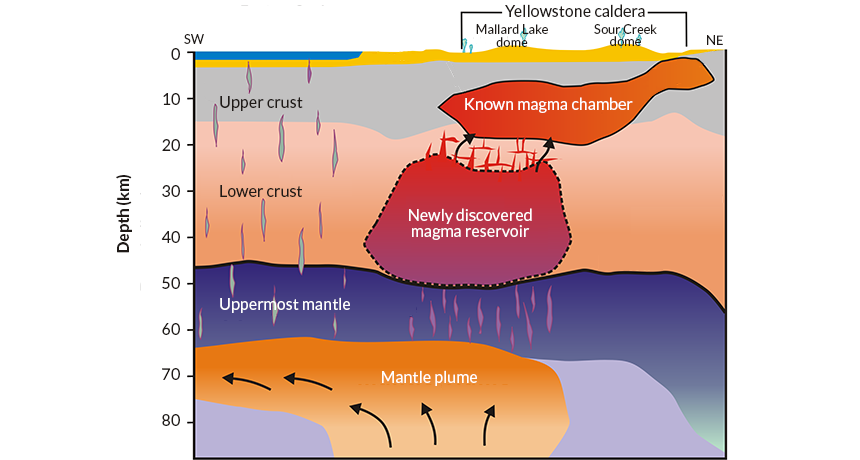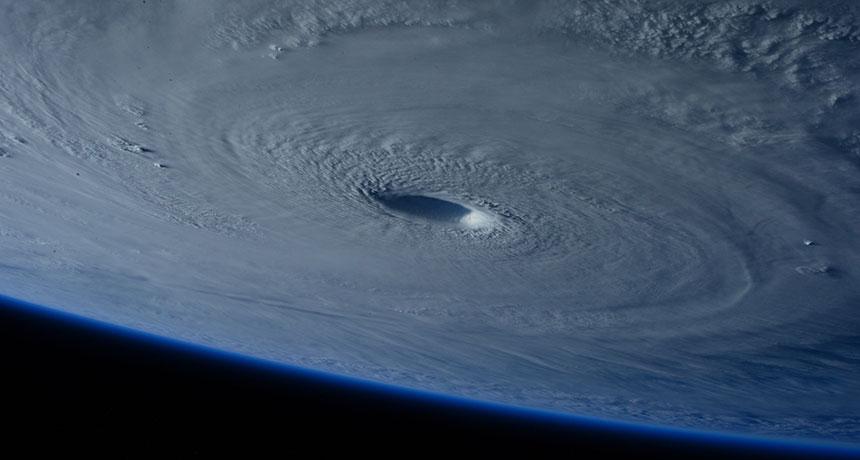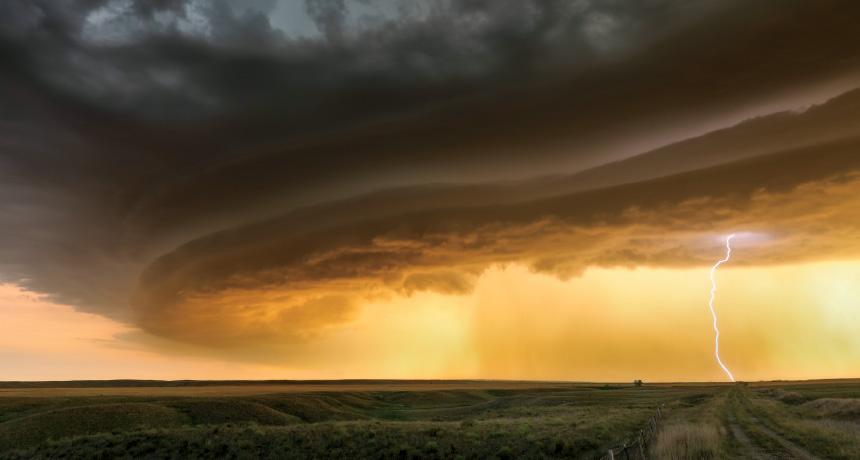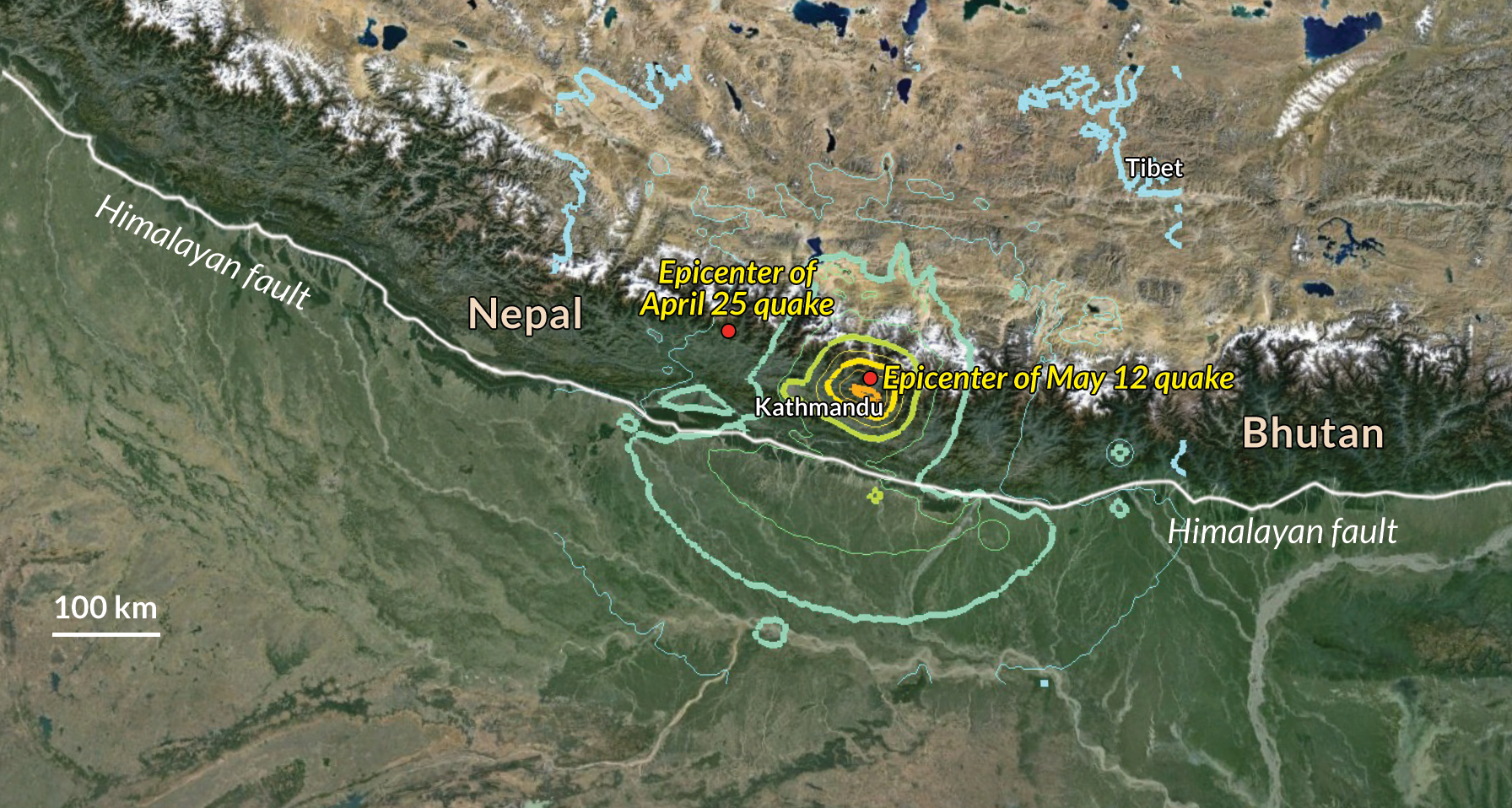
Another strong quake strikes Nepal
Science News, May 2015A magnitude 7.3 earthquake rattled eastern Nepal near Mount Everest on May 12, hitting just 17 days after one that killed more than 8,000 people in the region. The latest quake is the largest aftershock to date of the April 25 Nepal earthquake, which struck around 150 kilometers to the west, the U.S. Geological Survey reports.

